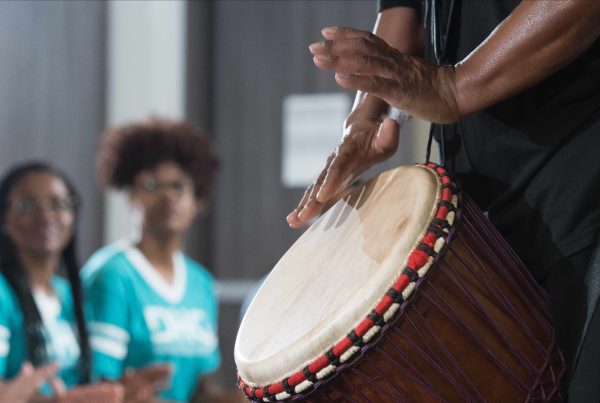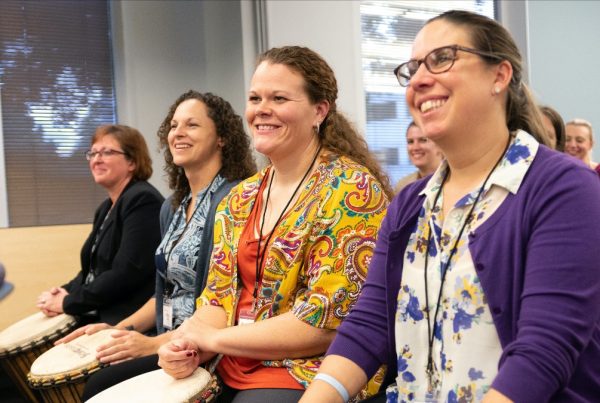Diversity and inclusion. It’s a widely-discussed topic in today’s world. But why is it important? Why does it work? How do we accomplish it? In this article, we’re going to look at some of the fundamentals behind these questions.
First, why is diversity and inclusion important? I personally believe that in and of themselves, the social and human benefits of diversity are wide-ranging and self-evident. But just in case you need some evidence from the bottom line, consider these facts. According to the Harvard Business Review, companies in the top quartile for management diversity are 35% more likely to generate returns above industry average. HBR also reports that companies with one or more female board members produced higher return on equity and net income growth than those with all male board members. Companies with diverse leadership are more likely to come up with innovative products than those lacking in diversity, according to Economic Geography.
So, what is diversity and inclusion, and how does it help accomplish the outstanding results above? We can define diversity as the full range of human differences and similarities. Inclusion is the way we value, recognize and engage these differences such that we align towards a common goal. Inclusion creates emotional connection amongst colleagues and organizations, which in turn drives the engagement that fuels commitment and performance.
How do we accomplish diversity and inclusion? In our corporate drumming programs, we have found that using music as a metaphor for diversity and inclusion yields impactful insights that apply both in music and in business. We find it’s helpful to take the approach that success in diversity and inclusion is an acquired ability accomplished by learning specific composite skills. Here is a list of skills that work during an interactive drumming session, and during every day organizational operation.
Creativity – think outside the box and expand the pool of “go-to” performance people
Focus – operate with the intention to develop others and improve results
Acknowledgement – see that everyone is different and has strengths to contribute
Alignment – balance collective strengths and weaknesses to accomplish a mutual goal
Listening – understand strengths and assign tasks accordingly
Communication – set clear standards and give consistent feedback
Emotional Intelligence – create connection and drive engagement
These qualities don’t just apply to leadership development. If we build our organizations with these elements in mind, then we can build a culture that truly values diversity and inclusion. What are you doing to build diversity and inclusion in your organization today? Learn about our diversity and inclusion training workshop.




